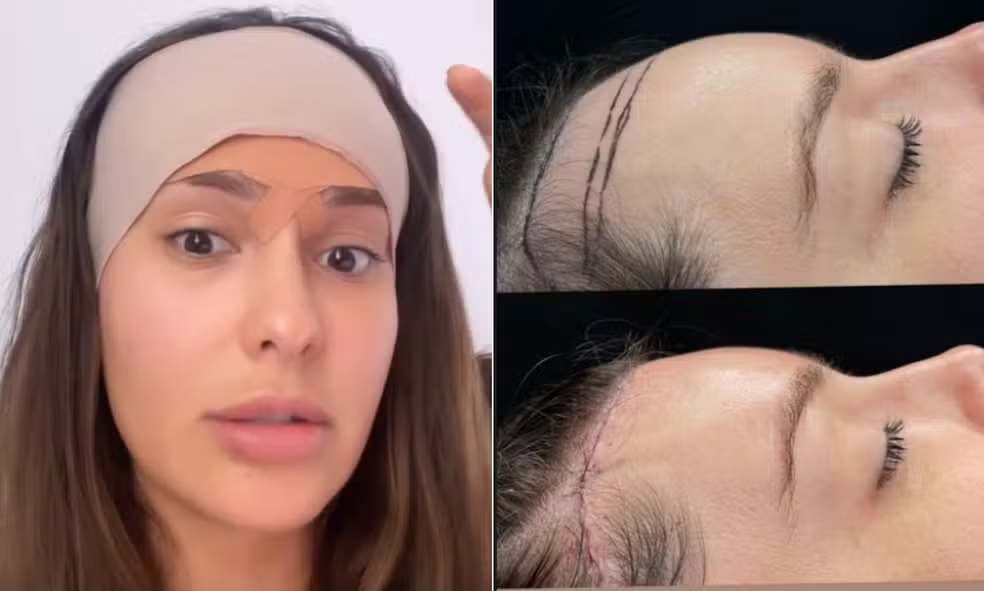Skin Tightening Technologies: Do They Really Work?
In recent years, skin tightening technologies have become increasingly popular as non-invasive alternatives to traditional surgery. Devices that promise to stimulate collagen, tighten loose skin, and rejuvenate the body flood the market. But do they really work? And for whom are they most effective?
In this article, you’ll learn how these technologies function, in which cases they are most effective, and when surgery is still the best option.
How skin tightening technologies work
The basic principle behind these devices is collagen stimulation. By heating the collagen fibers above a certain temperature threshold, the triple-helix structure of collagen partially unwinds, leading to immediate contraction and long-term remodeling. This process can improve skin firmness and elasticity over time.
Radiofrequency, ultrasound, and laser-based devices are some of the most common examples. While they differ in how they deliver energy, the end goal is the same: controlled thermal injury that triggers new collagen production (neocollagenesis).
Age and collagen production: a key factor
Collagen production in humans peaks around the age of 32. After that, it gradually declines, leading to skin laxity and sagging. Because these technologies rely on your body’s ability to produce new collagen, younger patients generally achieve better results.
In practice, patients between 30 and 45 years old tend to see the most noticeable improvement. In this group, the skin is still responsive enough for non-invasive treatments to produce visible tightening.
When skin tightening technologies fall short
While these devices do work, they are not magic wands. In cases where there is:
- Significant skin excess;
- Severe laxity;
- Muscle or fascia weakening (like diastasis recti);
non-surgical treatments will not replace surgical options. For example, no technology currently available can substitute for an abdominoplasty when there is a large skin fold or significant tissue redundancy.
Additionally, patients over 50 often have a reduced capacity to produce collagen. Even with advanced devices, results may be minimal or disappointing in this age group.
Setting realistic expectations
Before undergoing a skin tightening treatment, patients should discuss:
- Expected results: subtle vs. dramatic improvement.
- Number of sessions: many devices require multiple treatments.
- Maintenance: results are not permanent and may need periodic touch-ups.
- Cost-benefit ratio: sometimes the cumulative cost of multiple sessions approaches that of surgery, without the same outcome.
The right indication is crucial. A qualified dermatologist or plastic surgeon will evaluate your skin quality, age, and goals to recommend the best approach.
When surgery is still necessary
If you have marked sagging, excess skin, or stretched abdominal muscles after pregnancy or weight loss, surgery such as an abdominoplasty (tummy tuck) may be the only way to achieve a firm, flat appearance. In these situations, skin tightening devices will not deliver satisfactory results.
That doesn’t mean technologies are useless — in fact, they can complement surgical results by improving skin texture and elasticity in the months following a procedure. But they should not be seen as a replacement for properly indicated surgery.
Conclusion: technologies work — but with limits
Skin tightening technologies do work, but their success depends on proper patient selection. They are most effective in younger patients (30–45 years old) with mild to moderate skin laxity and good collagen response.
However, they cannot replace surgical procedures when there is significant skin excess, especially in patients over 50. In these cases, only surgical removal or tightening of tissue can deliver the desired outcome.
The best approach is a personalized consultation with a qualified specialist who can evaluate your anatomy, goals, and expectations. By understanding the benefits and limitations of each treatment, you can make an informed decision and achieve the safest, most effective result.






